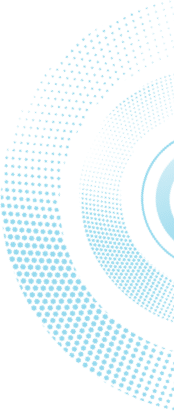פרסומים בתקשורת
-
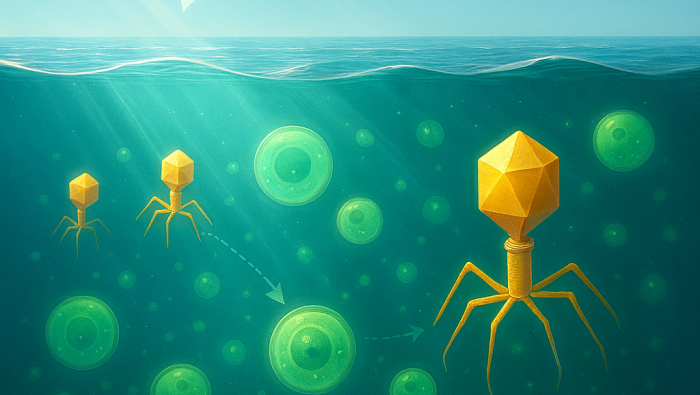
נגיפים ימיים ומחזור הפחמן: ממצאים חדשים ממעבד…
מחקר חדש מאוניברסיטת בר-אילן, בהובלת ד"ר חנה קרנצלר מהפקולטה למדעי החיים… -
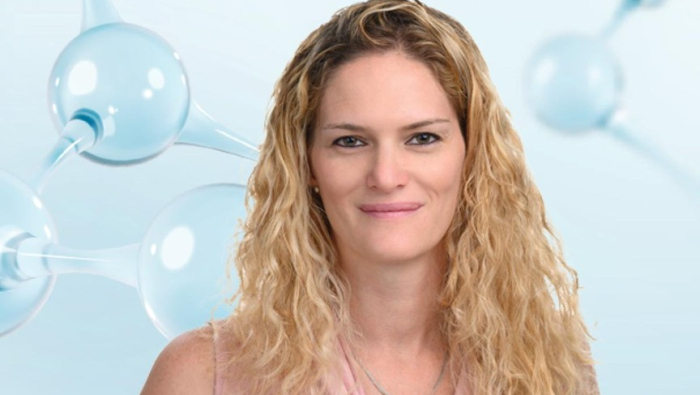
A €150,000 Grant Offers New Hope for Young Ca…
How Cutting-Edge Medical Research is Paving the Way for Fertility Preservation… -
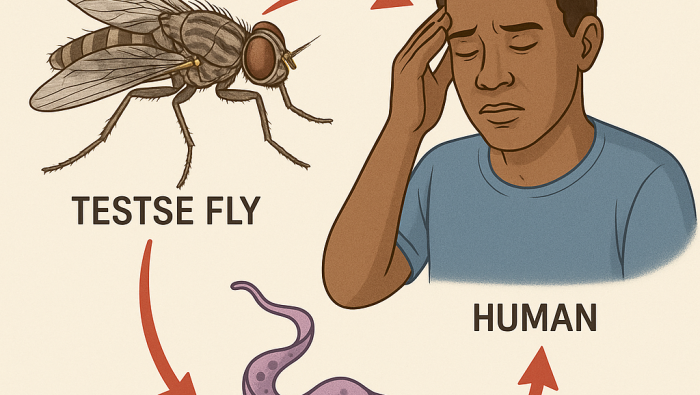
צא-צא, דיבוק
תתעוררו! ההדבקה במחלת השינה הקטלנית תלויה במולקולת רנ"א ארוכה ומרתקת במיוחד.… -
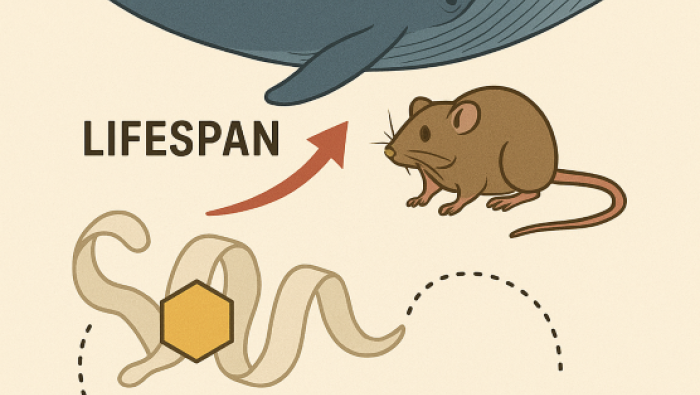
ניתוח אבולוציוני מאוניברסיטת בר-אילן חושף התא…
Over recent decades, humanity has witnessed a remarkable and continuous… -
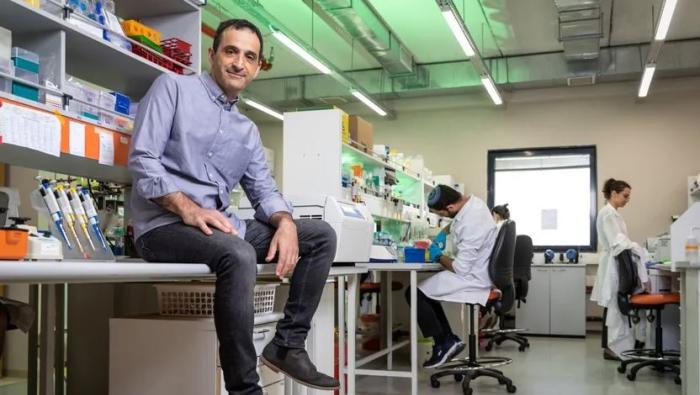
תרופה נגד סרטן שתוכננה באמצעות בינה מלאכותית…
פרופ' ינאי עופרן מהפקולטה למדעי החיים פיתח תרופה נגד סרטן באמצעות בינה מלאכותית… -
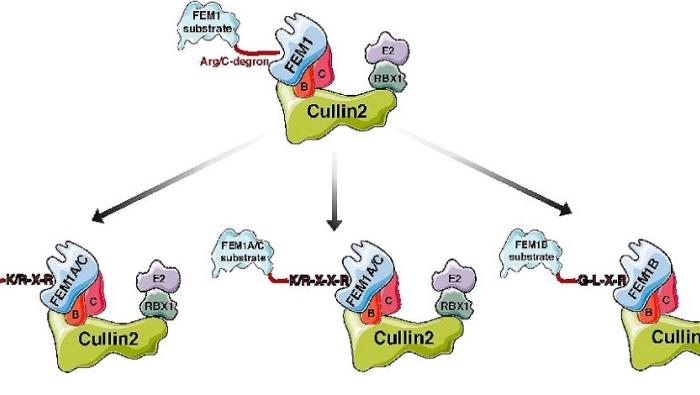
Molecular basis for arginine C-terminal degro…
Degrons are elements within protein substrates that mediate the interaction… -

Early Life Experience Shapes Male Behavior an…
Living in a group creates a complex and dynamic environment in which behavior… -
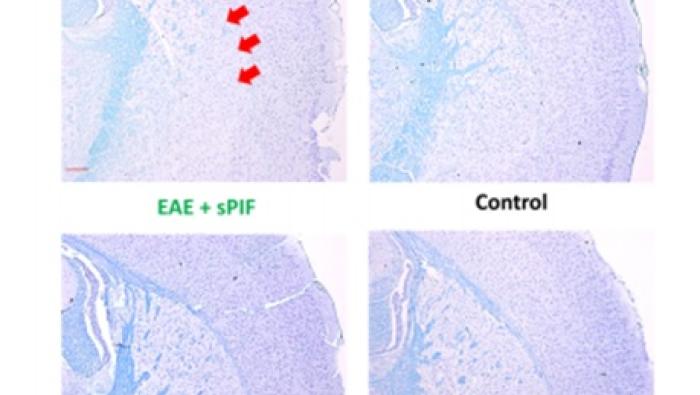
Synthetic PreImplantation Factor (sPIF) induc…
-
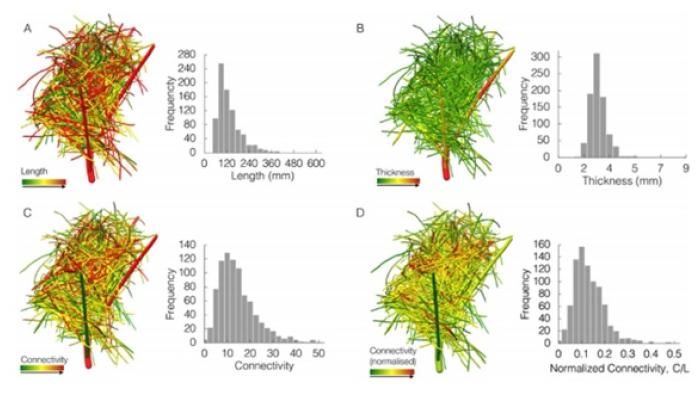
A modeling algorithm for exploring the archit…
-
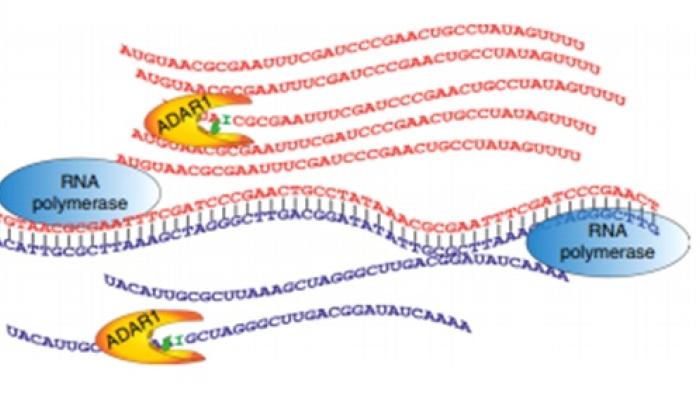
Genome-wide quantification of ADAR adenosine-…
-
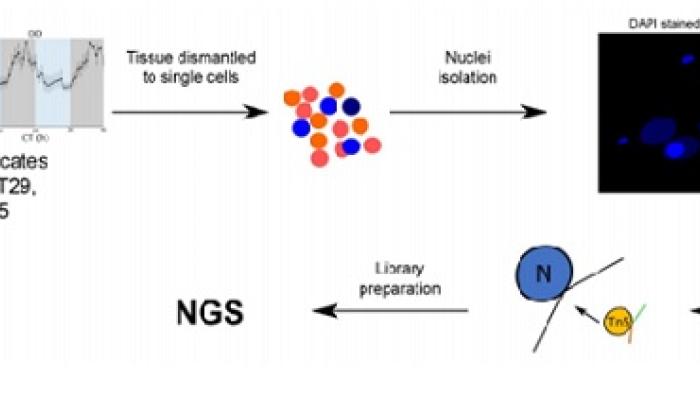
Chromatin dynamics enable transcriptional rhy…
-
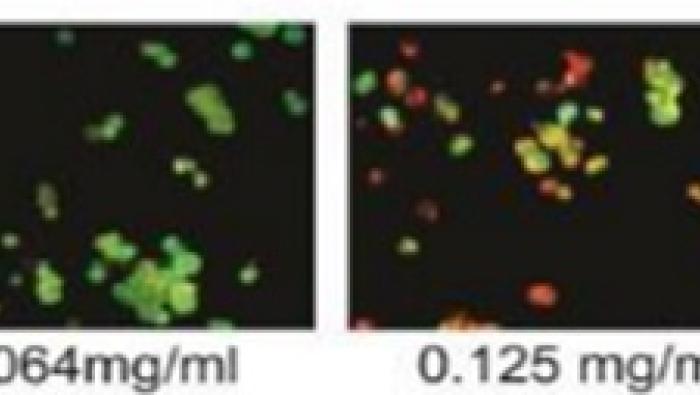
In Vitro Evaluation of Chemically Analyzed Hy…

